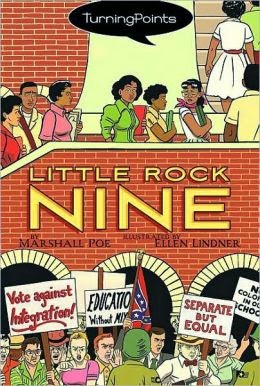Charles Burns is well known for his gorgeously composed and grotesque black and white artwork in books like Black Hole, but with X'ed Out he presents his first full color graphic novel.The story is a creepy mystery starring a guy named Doug in at least two roles. In one narrative he is an art student who is trying to balance his work with his relationships and in the other he is an amnesiac named Nitnit (or Johnny 23) in a surreal, horrific world of weird creatures and strange customs. Certain images and figures, including flesh wounds, Polaroid pictures, a black cat, and an old man recur in both worlds, causing the reader to question what is real and how much memory can be trusted.
 |
| Doug has some serious problems. |
 |
| Seems like great advice to me... |
X'ed Out was published by Pantheon, who has information and links to reviews here. It ends on a cliffhanger, and the continuation of this book, The Hive, has also been published, for those who want more of this tale.
In this second book in a series, Nitnit (the Tintin version of Doug) finds himself as a menial worker in the titular hive. He pushes a cart, delivers packages, and cleans up messes in the fleshy hallways. The hive is where the breeders live and reproduce while green-skinned alien workers and pig-men do all kinds of jobs to maintain the place. All of this is just as gruesome and unsettling as it sounds.
Meanwhile in the real world (?), Doug is in a budding relationship with Sarah, taking lots of photographs, doing performance art, reading lots of romance comic books, dealing with Sarah's (unseen) violent ex-boyfriend, facing an unexpected pregnancy, and also caring for his dying father. There is much going on, and interspersed in the proceedings are apparent sessions with a therapist, though she is utterly rude and unprofessional, which makes me think it may be some sort of dream or hallucination. Confounding imagery crosses into both worlds, and at times we seem to be getting closer to some revelations or resolutions. It seems something pretty terrible went down, and Doug is repressing memories.
In terms of the artwork, the horror factor gets ramped up in this volume, as things begin to resemble rotting meat more and more. Plus, Burns juxtaposes even more disparate, unsettling images. He really knows how to access some primal symbols to make his readers squirm. He speaks about his work on this volume in this interview.
The reviews I have read of The Hive have been largely positive, commenting on how this volume continues and differs from X'ed Out. Rachel Cooke wrote, "The Hive is even more disorienting than the book preceding it – and that was dizzying enough. I truly have no idea, yet, what is going on. But the feeling of dread Burns evokes is quite something." The Comic Journal's Grace Krilanovich admired the amount of craft, writing, "Burns has incorporated any and all narrative strategies into this saga, in layers upon layers fanning out in all possible directions. We get photography as evidence, comic within a comic, punk cultural history, romance, drug trips, dreams, alternate universe and homage, all working together. For Burns, more is more." Kirkus Reviews commented on the obtuse nature of the book, "As if the introduction to this series (X’ed Out, 2010) wasn’t hallucinatory enough, this second installment will leave initiates feeling significantly disoriented. And perhaps that’s part of the point, as Burns blurs the distinctions within this anti-narrative among comic books, reality, drugs, masks, nightmare and identity."
The Hive was published by Pantheon, who has information and links to reviews here. The third book in this trilogy, Sugar Skull, was just published.

























